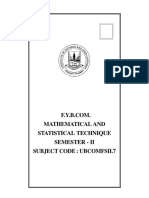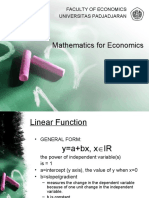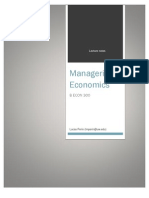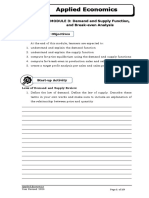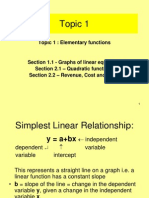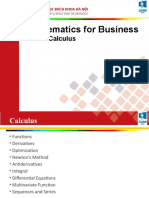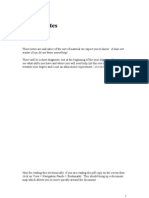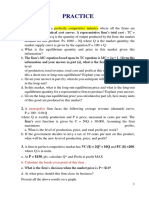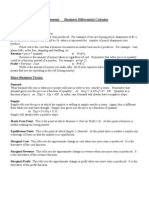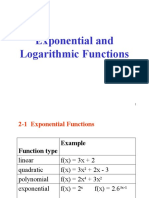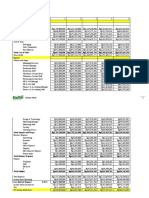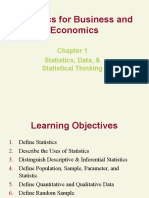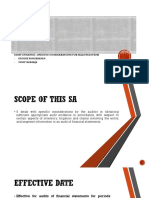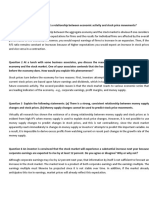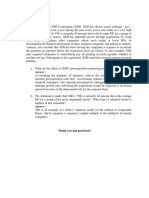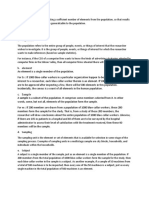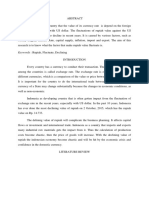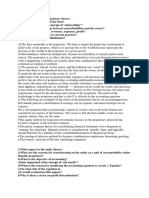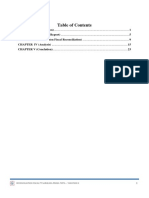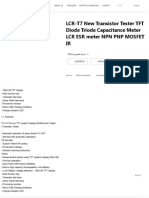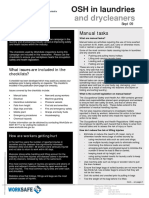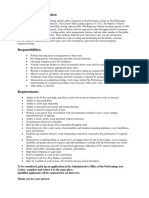0% found this document useful (0 votes)
62 views25 pagesApplication Linear Function
The document provides information on applications of linear functions and production levels, demand and supply curves, demand and supply functions, market equilibrium, break-even point analysis, and examples of calculating equilibrium points, effects of taxes on equilibrium, and using break-even analysis to determine output levels for profit or loss. It defines key concepts such as demand and supply functions, equilibrium points, and break-even analysis. It also provides examples of using linear equations to model production levels, price-demand relationships, and calculating output levels at break-even points and for given profit targets.
Uploaded by
Yusuf RaharjaCopyright
© © All Rights Reserved
We take content rights seriously. If you suspect this is your content, claim it here.
Available Formats
Download as PPT, PDF, TXT or read online on Scribd
0% found this document useful (0 votes)
62 views25 pagesApplication Linear Function
The document provides information on applications of linear functions and production levels, demand and supply curves, demand and supply functions, market equilibrium, break-even point analysis, and examples of calculating equilibrium points, effects of taxes on equilibrium, and using break-even analysis to determine output levels for profit or loss. It defines key concepts such as demand and supply functions, equilibrium points, and break-even analysis. It also provides examples of using linear equations to model production levels, price-demand relationships, and calculating output levels at break-even points and for given profit targets.
Uploaded by
Yusuf RaharjaCopyright
© © All Rights Reserved
We take content rights seriously. If you suspect this is your content, claim it here.
Available Formats
Download as PPT, PDF, TXT or read online on Scribd
/ 25


